The journey of mastering the guitar is an awesome one, filled with tasty licks, solos, and rockin’ riffs. Many people go the “formal” way and get an instructor, buy books, or get into a proper music school.
However, many guitar legends went their own way and mastered the instrument on their own. Best example out there? Jeff Beck. Being a self-taught musician, he proves it is possible to be a guitar legend if you learn the correct things.
If you have decided to begin learning guitar, let me give you some steps and pointers on how to properly set yourself up for success and become a great guitar player.
Buying Your First Guitar

Your first step in entering the world of music is picking the right guitar for you. There are many factors you must consider when buying your first guitar. Choosing the right one can be a make or break for your motivation going forward.
The first factor to keep in mind is what your budget is. In my experience, investing less than $150 on a guitar brings a bit of a risk since the guitar’s quality might not be good. There are exceptions to this and you can find good-sounding guitars and bundles for very low prices. However, I would recommend not spending less than $150.
Another important factor will be whether you want to get an acoustic guitar or an electric guitar. They both have a very different feel and serve different purposes.
If you’re looking to learn simple songs and sing-along, I’d recommend an acoustic guitar. If rocking out to your favorite riffs or learning that Jimi Hendrix solo is what moves you, get an electric guitar.
If you are looking for the best budget guitar out there, check out my posts
There are many other factors such as the wood of the guitar, the pickups it comes with, the type of bridge, etc. In reality, these factors are much less important and the best question you can ask yourself is: Did I get excited when I picked up the guitar? Do I love its sound and looks?
If the answer is yes, you’ve got yourself the right guitar.
Getting All The Accessories You Need
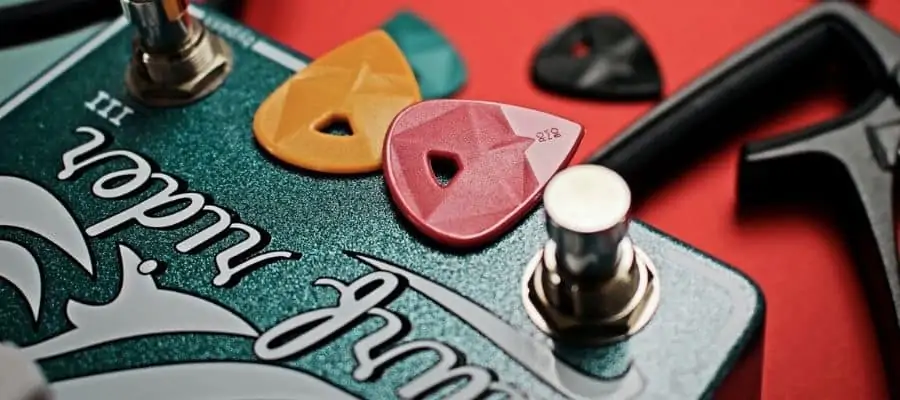
There are many accessories out there that can improve your overall interaction with the guitar. Guitar pedals, slides, and hand exercisers are a few accessories that are great to have but are not essential at the beginning.
if you want to see these accessories, check out my post Top 27 Must Have Guitar Accessories For Every Guitarist
However, there are some accessories I would strongly recommend you have from the get-go. Whether you decided to get an acoustic or an electric guitar you will surely need a tuner, a metronome, guitar picks, a strap, and a tool kit for changing strings (not essential, but very helpful).
If you got an electric guitar, you will also need an amplifier and a guitar cable. If you got an acoustic guitar, I’d personally recommend a capo. A capo will help you be able to change keys and play almost any song you’d like without having to learn more than the basic chords.
As for guitar maintenance, some recommended items are a cleaning cloth and string cleaner or a guitar maintenance kit. Finally, this is not essential but a guitar case might be a good purchase to protect your guitar. You can always get a gig bag but the protection they give is minimal.
How To Sit Properly
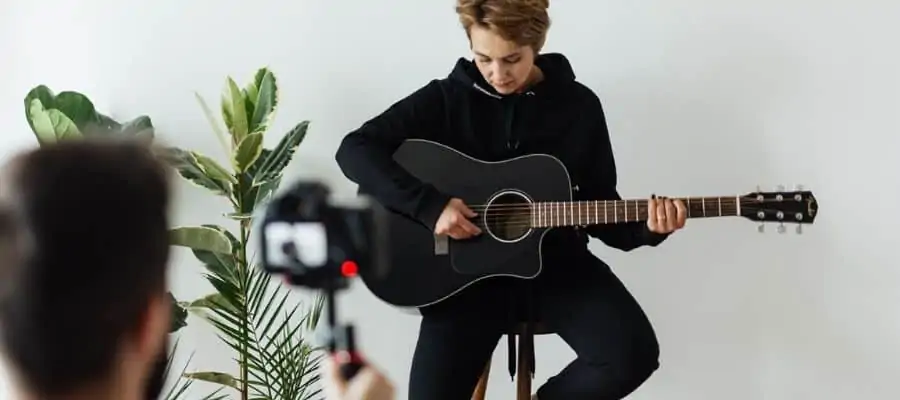
Sitting properly and placing your hands, arms, and body in an optimal position without being uncomfortable is much more difficult than one would expect.
Not achieving this might be very counterproductive for you as you might develop bad habits or even worse, hurt yourself. Conversely, learning to position yourself comfortably can enhance your playing and help you develop an awareness of your body as you play guitar, which is a useful skill.
if you are interested to know more about correct guitar posture you can check out my post 11 Easy Ways To A Correct Guitar Posture And Pain-Free Back\Shoulder\Wrist
The most important thing I can recommend to you is, whatever position you try, you have to be comfortable. The no pain-no gain concept in this scenario is definitely not what we are looking for and feeling any pain whatsoever is not the right way to go.
If at some point you begin to feel pain, especially in your hands and wrists, take it as an indicator that you must change your position. Have the guitar adjust to your body and not the other way around.
I would also recommend not doing long practice sessions without stopping to stretch. Taking care of your body is essential in any practice.
Here’s a video that explains the different ways you can sit to play guitar and what you should be on the lookout for:

How To Put A Guitar Strap
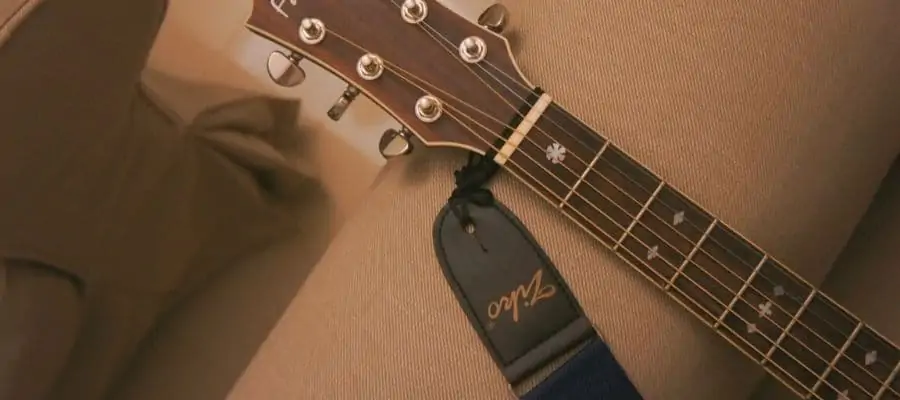
Now that we’ve talked about playing guitar while sitting, let’s talk about when you play standing. You will likely spend most of your time sitting down when practicing. On the other hand, whenever you perform for your friends and family or at a gig, you will probably be standing.
The most important thing to keep in mind is that the position of your body and your guitar should be as similar as possible in both cases. This will help you develop consistency in your playing and will save you from having to uncomfortably adapt in a live situation.
If you want to learn more about guitar straps, check out my article on How To Use & Attach A Guitar Strap (Acoustic, Electric).
Learn To Tune The Guitar
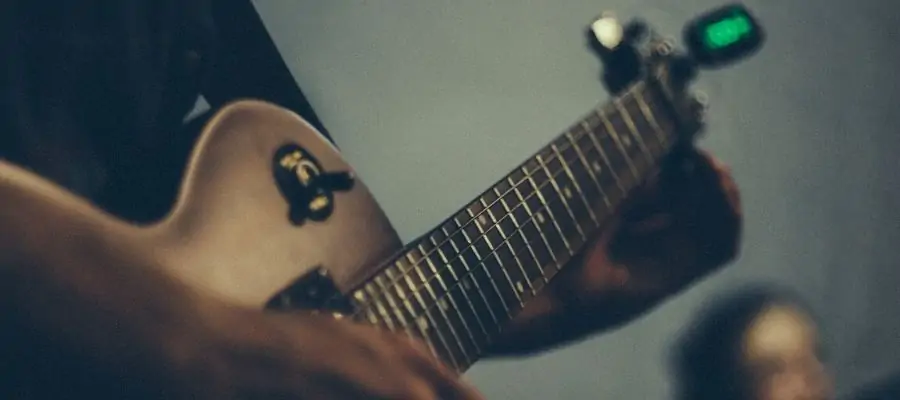
Making sure your guitar is in tune anytime you sit down and practice is essential. There is no worse potential situation you can put yourself in than to practice or perform out of tune. For starters, you develop bad hearing habits, which can be detrimental in the future. On the other hand, your peers will definitely not enjoy it.
The first option is using a hardware tuner. They are very reliable and are quite easy to use whatever you use a clip on tuner or those that are a bit bigger and can be plugged into.
You will get a much accurate result with those that have an input for your guitar. Of course these depends if you are using an acoustic guitar with a pickup or an electric guitar.
The other option is downloading an app or finding a website that helps you tune your guitar. Essentially, you play a string close to the speaker and it will tell you how to tune. They are free, but unreliable due to external sounds that might interfere.
Whatever you choose, just remember the order of the notes in standard tuning:
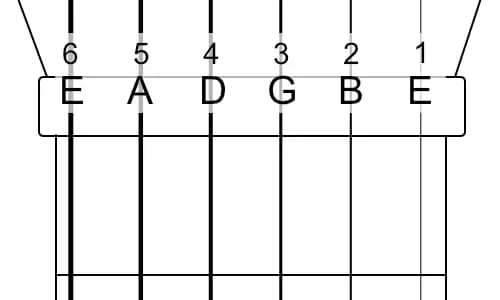
Using A Metronome
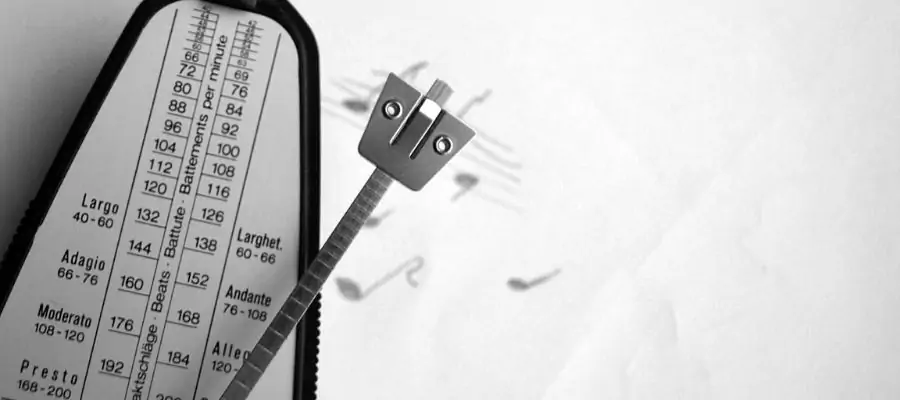
The metronome is your best friend when it comes to developing proper learning habits. There’s a lot of dismissive talk about the metronome and how it’s a boring tool. However, let me tell you in my experience, the metronome is the absolute best tool a musician can have.
Some of the main reasons to have a metronome are to help you develop rhythmic awareness, to develop an inner groove, and to learn to play without stopping. Playing without stopping is one of the most difficult abilities to develop when you are starting. A metronome will help you get there in no time.
If you want to learn more about the benefits of a metronome, check out my article on 15 Important Reasons To Use A Metronome As A Guitar Player.
It is also important for you to develop a habit of always using a metronome when practicing. This will, in turn, considerably speed up your learning curve and will help you get results faster.
There are many apps out there that have what you need in terms of the features in a metronome. I’d recommend doing a quick search and looking for a free app.
Learning Open Chords

Once you have gotten everything you need to begin this journey, it is time to actually learn how to play the guitar. The two most important things you’ll want to focus on from the very beginning are chords, and strumming patterns.
The easiest chords to learn on a guitar are open chords. Open chords are chords that will also have what are called open strings. This means that some of the notes in the chords will come without having to fret anything. This makes it easier to play from the very beginning.
For you rockers out there, your best friends will be called power chords. They are the foundation of rock music and are also easy to play. Not to mention they sound great with distortion!
To learn your basic chords, check out my article 35 Famous & Beginners Guitar Chords – The Ultimate Beginners Guide
Open chords also prove to be very helpful in developing an understanding of how notes are spread out on the guitar. The 5 major open chords form what is called the CAGED system (each letter represents an open chord).
This is something you’ll want to investigate further down your path. I will mention more about it later in this article.
Learning Basic Strumming Patterns/Developing Rhythm
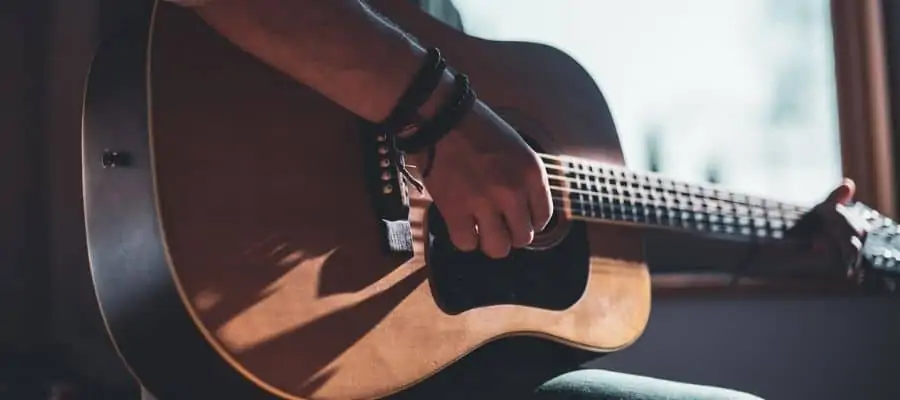
Once you get your basic chords down, learning strumming patterns is the next step.
On one hand, you can take a look at common strumming patterns found on lots of songs and learn them. On the other hand, developing a keen understanding of rhythm will lead you to understand music better and be more creative.
If you want to start learning popular strumming patterns, check out my article 13 Easy Guitar Strumming Patterns From Well Known Songs
Developing rhythm is one of the main practices where a metronome will help you. Always make sure to have it when practicing rhythm and strumming patterns.
Now, if we discuss rhythm for a moment, the most basic thing you can learn is how a 4/4 bar works. There is a limited number of notes or rhythmic subdivisions that can fit on a 4/4 bar.
Let me show you:
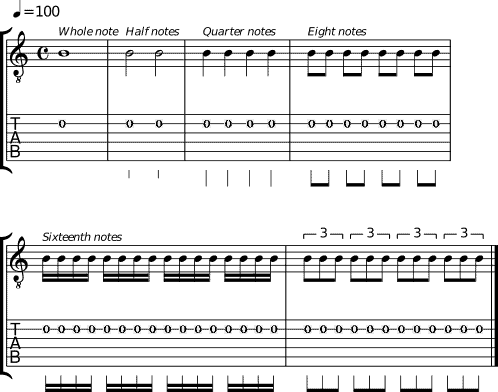
In a 4/4 bar, a whole note equals 4. If you divide said note, you get two half notes (2+2) and if you divide those, you get four quarter notes (1+1+1+1). You can divide notes endlessly but in reality, especially in the beginning, you only need to learn up to eight notes.
Most basic strumming patterns have as high as eight note rhythms and understanding how to play them is essential. The great thing about this is, you only need to count to four every time.
Using A Pick Vs. Fingerstyle Playing
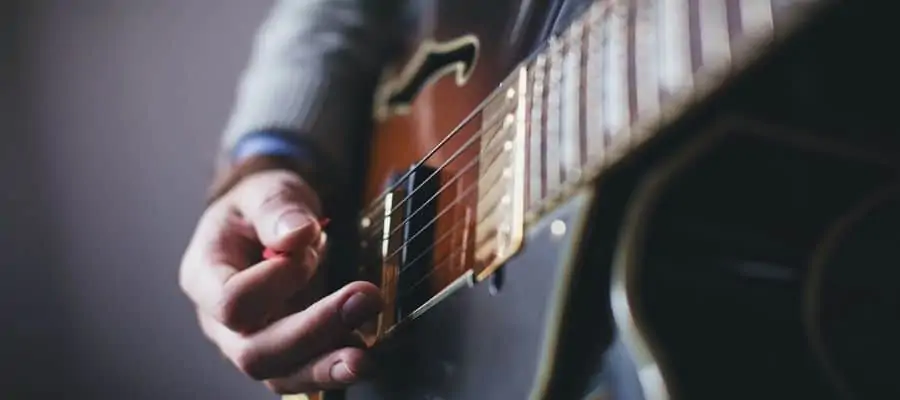
Although learning to do both serves the purpose of helping you become a better musician, the fact of the matter is at the beginning it is good to pick one style of playing and spend some time developing it.
If you decided to go for using a pick, the first thing you’ll have to be aware of is types of picks. There are many types of picks and the two main things you should be on the lookout for is comfort and how they affect your tone.
A bigger, thicker pick is great for lead stuff since it makes the sound fatter. Meanwhile, a thinner pick is great for strumming since it gives the sound definition and lightness. There are also picks that include a friction pad to prevent you from dropping your pick. These are very helpful, especially for sweaty hands.
If you want to get more familiar on how to use a pick, check out my article How To Hold A Guitar Pick – Best Way, Techniques And More
If you went for fingerstyle picking, there are still picks that you can use as long fingernails. They are a bit difficult to use, so I’d recommend just using your fingers at the very beginning.
Here are some alternate picking exercises and some fingerpicking exercises for you:

Learning To Play Songs

So far, I’ve shown you all the elements you need to play songs. The last thing I want to focus on is having the right method to effectively learn songs faster.
If you want to jump ahead and start learning easy songs right away, check out my article 15 Famous Easy Guitar Songs With 3 Chords For Beginners
My process starts with listening to the song a couple of times. This is to help me get familiar with the song and figure out its structure. After, I’d listen a couple of more times to figure out the chord changes and strumming patterns (even if I don’t know them, hearing when they change is useful). Finally, I’d listen to the melody and try to sing it as accurately as possible.
My next step would be to learn the chords. No time, no rhythm, just learning which chords I have to play. Then I’d focus on rhythm and strumming patterns. Finally, the hardest part to master is being able to do the chord changes quickly.
I’d first change them without even strumming, just the left hand. This is for my fingers to develop muscle memory. After a while, I’d use a metronome and slowly build up speed to change them at the right tempo.
If you want to learn some tips for changing chords with ease check out my article 17 Tips & 5 Exercises To Improve Your Guitar Chord Changing.
It is important to never accelerate this process if it sacrifices accuracy. This can lead to developing bad habits, which is certainly not good.
Reading Music
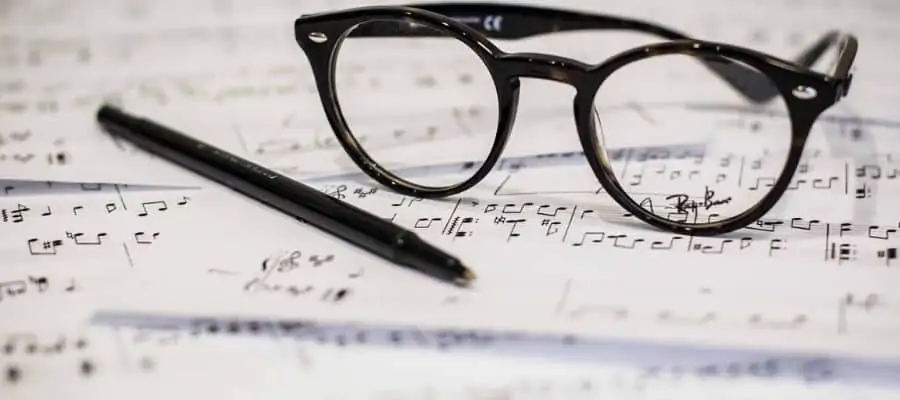
Learning to read music is a great skill that allows you to look at sheet music or TABS and be able to identify how to play it. Both reading TABS and notes have different advantages, let us look into it:
Learning To Read TABS
Guitar TABS are the easiest way to learn your favorite songs, riffs, and solos. They are very simple to read and give you the quickest access to that payoff of hearing yourself play your favorite music.
I do strongly recommend beginners to not depend on TABS, as they hinder you from getting better at ear training and reading notes. However, I also believe all practice routines should have a section that solely focuses on you feeling excited and rewarded. TABS are very helpful with that.

TABS has six horizontal lines that represent the six strings of a guitar. Each line can have numbers that represent the fret where you will find the right note. If a string has the number 0, it means it’s an open string, if it has number 5 you need to press the 5th fret and so on.
Finally, having several numbers on the same column of a tab indicates you should play those notes at the same time as so.

Learning To Read Notes
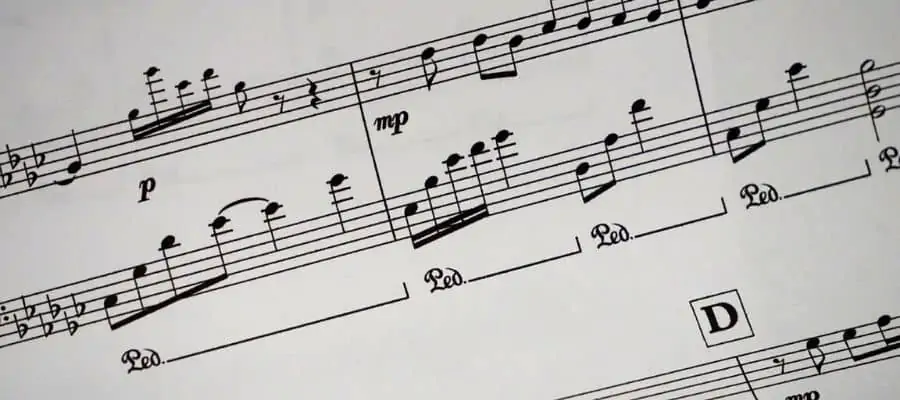
Reading notes is a skill that is a bit uncommon for most guitar players. This is mainly because TABS make it so much simpler for the beginner to start playing their favorite songs. Also, the way the notes exist on a guitar makes it harder for you to focus solely on reading since you can play them in many positions.

I do however believe it is a helpful skill and is a great way to further expand your musicality.
In essence, a staff is where you can find all of the information on the notes. Elements such as key signature, time signature, spaces, and ledgers will help you understand where you can play the music on the guitar. Some will even have fingerings so you know exactly which fingers to use.
If you want to learn more about music theory basics check out my article Guitar Music Theory In-Depth Basics.
Changing Strings
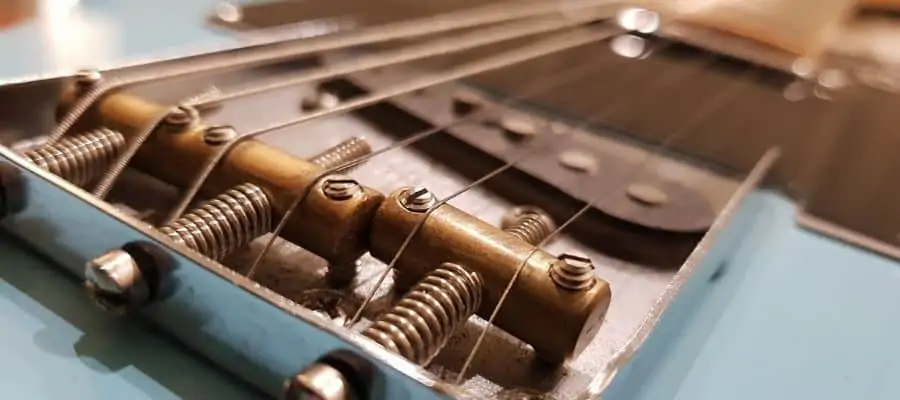
After some weeks or months of playing your guitar, you will have to change its strings. This process can be a bit daunting at first, and can actually be quite tedious after the 100th time. However, it is important you do this with ease, attention, and care.
It is here where some of the accessories I mentioned will prove to be helpful. Having a guitar kit that includes pliers and a string winder will save you loads of time. A tuner will also be needed.
If you want to learn how to change strings, check out my article How To Change Guitar Strings (Electric, Acoustic, Classical).
Here’s a video on how to change your guitar strings for visual support:

There is no one-way to do this and there can be some debate on whether you should change your guitar strings one by one or all together.
Either way, as I mentioned before, the most important thing is to go about this with much care to avoid damaging your guitar. This will also help you get accustomed to the process of changing strings.
Setting Goals

I mentioned ear training as the most important skill to develop when practicing. At the same time, setting goals is the most important skill to develop when creating a practice routine.
Spend some time figuring out what you want to learn. Make sure it is something that excites you as that will be your fuel for long hours of work. It is also helpful to pick a goal and break it down into smaller parts so you get many stages of successful task completion.
Finally, I’d recommend before any practice routine that you take a couple of breaths to focus on the goal at hand and how you intend to go about getting it. It also proves helpful to contemplate
Keeping The Routine

Practice makes perfect and consistency is your best ally. Keeping your routine for a set period of time is crucial in seeing specific results to what you do. Therefore, it is crucial you do spend some time understanding what you are looking to accomplish and how your routine will help you achieve that.
If you have a clear understanding of what you are looking for and trust that the process you chose is the right one, consistency will get you there.
Writing Down Your Progress
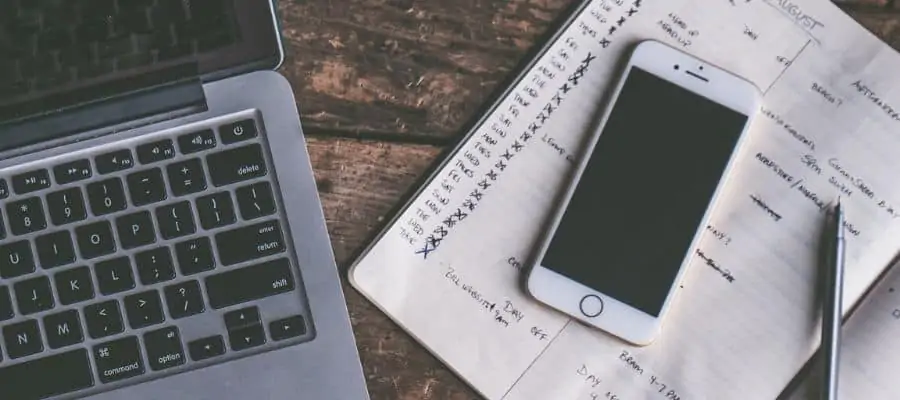
Keeping a log of your progress is just an extension of setting goals. By writing down your goals, a method to tackle them, and the elements you will work with such as tempo or parts of a song can help you have a more accurate understanding of how fast you are progressing.
What To Learn Next
Music Theory 101
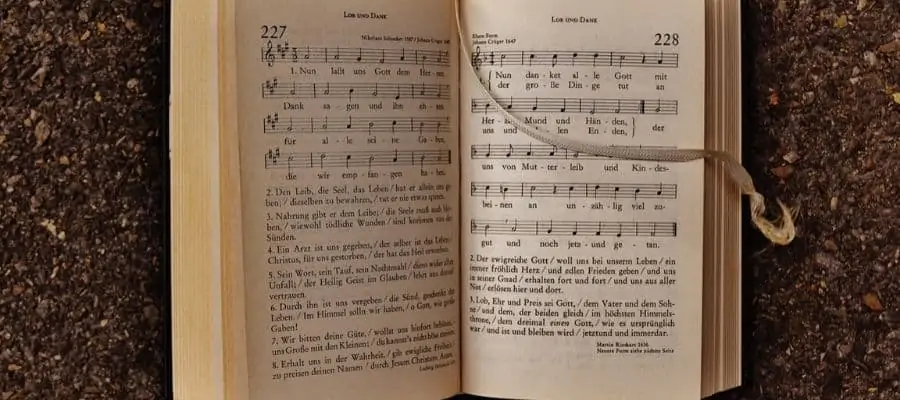
While having a deep understanding of music theory is not essential when creating music, knowing its basics can prove to be a useful tool. The better you understand how to construct a language, the better you can speak it.
If you want to learn more about basic theory, check out my article Guitar Music Theory In-Depth Basics.
Basic Ear Training

Focusing on ear training exercises might be something you want to look over once you’re farther down the road. However, in my experience, it’s very important you understand that ear training is one of the most valued skills you can possess.
Essentially, ear training helps you develop the ability to listen to a riff, solo, or progression and link it to where you would play it on the guitar. You can also use this skill to improvise and connect with the music you hear in your head.
To learn more about how to train your ears, check out my article 13 Easy Musical Ear Training Tips For Beginners
The one thing I’d recommend you do from the very beginning is to always give yourself some headspace to focus. This way, your full attention to listening to what you are playing will help your brain begin associating sounds with chord shapes, rhythmic patterns and melodies.
I’d also recommend you try to sing what you play or your favorite songs, trying to be as accurate as possible with your pitch.
Learning Scales And Arpeggios
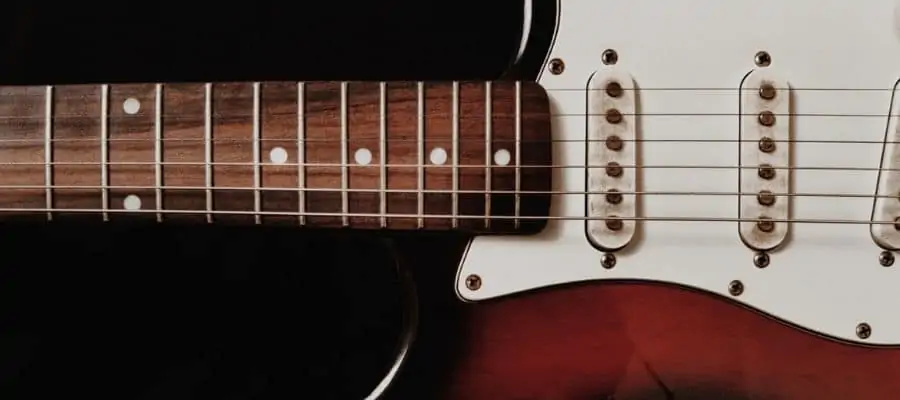
Learning scales and arpeggios is the best way to begin understanding how harmony, chord progressions, and melodies work. It is also an excellent way to improve your overall technique.
Practicing scales has many benefits, but the main focus should be in memorizing its sound. This is to develop your own ideas on what certain emotions and vibes different scales create.
However, in my personal opinion, arpeggios are even more important than scales. Think of it this way, scales can be considered the alphabet of music. if this is the case, then arpeggios are words and chord progressions are sentences.
While learning the letters of the alphabet, that is no guarantee you’ll be able to speak the language of music. But by learning words (arpeggios) you can begin to slowly form sentences (progressions).
Once you feel ready, learn and play as many scales and arpeggios as you can, in every key and every position. But always keep in mind that developing your ears is the number one goal when practicing scales and arpeggios.
Follow Guitar Teachers On Youtube

YouTube is an excellent tool to keep in mind when finding new content to inspire, motivate, or teach you new things. There are tons of guitar channels and guitar teachers on YouTube you can benefit from.
Check out my article 13 Top YouTube Channels To Learn Guitar For Beginners And Advanced for a good place to start.
I would also recommend you looking for your favorite guitar players and see if they have any lessons of their own. The guitar legend Steve Vai began his own video blog. Here, he touches a lot of interesting and helpful material for beginner, intermediate, and advanced players. I’d recommend you check it out.
Always Remember To Have Fun

I am not going to lie to you, mastering guitar is a very challenging task that will require you to spend countless hours that might not give you solid rewards all the time.
This is why my last step is for you to keep in mind why you picked the guitar. Because you love it. Hold that thought and emotion dearly, as it will help you endure hard practices or periods where you feel uninspired.
Music is a beautiful thing and it is a privilege to have the opportunity to create it. Always remember that.
Conclusion
There are many different ways one can approach learning music and any instrument. This is just the way I’ve found works better, it doesn’t mean there are other methods or things you can focus on.
The best thing you can do is give it a try and adjust as you go to your needs and preferences. The most important thing to remember is to always enjoy your journey and keep on rockin’!
If you found this article useful, you may want to save this pin below to your Guitar board.

2 thoughts on “15 Simple Steps To Teach Yourself To Play Guitar Today”
Leave a Reply
Recent Posts
Some guitarists insist on buying an expensive amplifier with their electric guitar. They assume that this is a must for every type of guitarist out there. However, in some situations, this isn’t...
Top 50 Free Realistic Guitar VST Plugins With Sound Examples
As technology has rapidly advanced in the recent decade, computers are stealing more and more roles from physical musical instruments and accessories. Nowadays, you do not need expensive amps,...

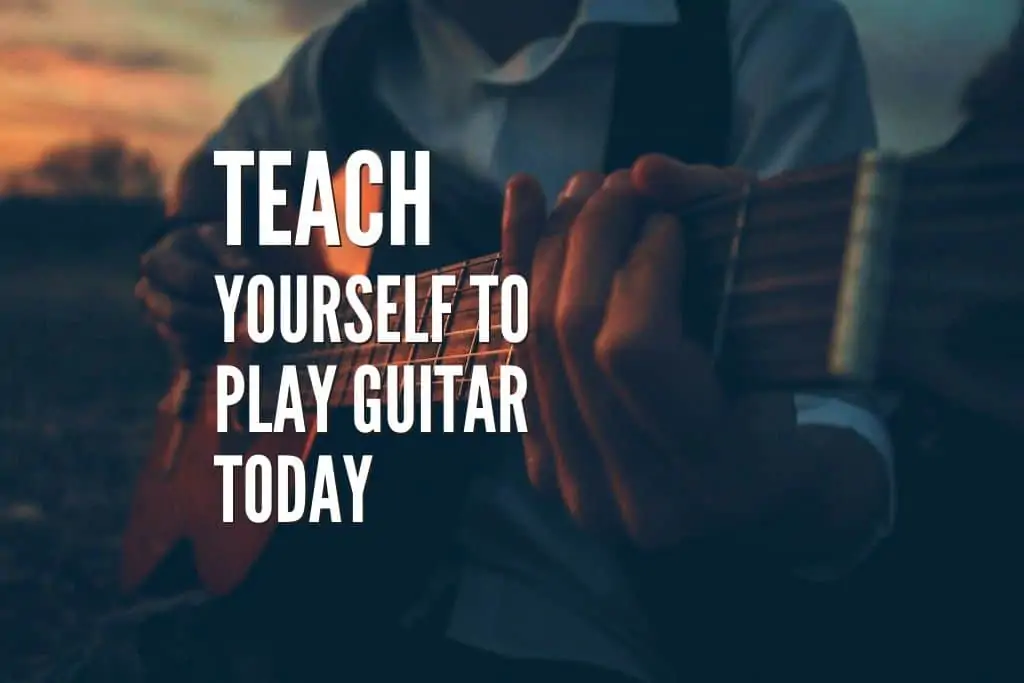
Have you got the same information available for bass guitar beginners?
thank you.
Hi Robert,
Sorry, I don’t play bass … only the guitar.